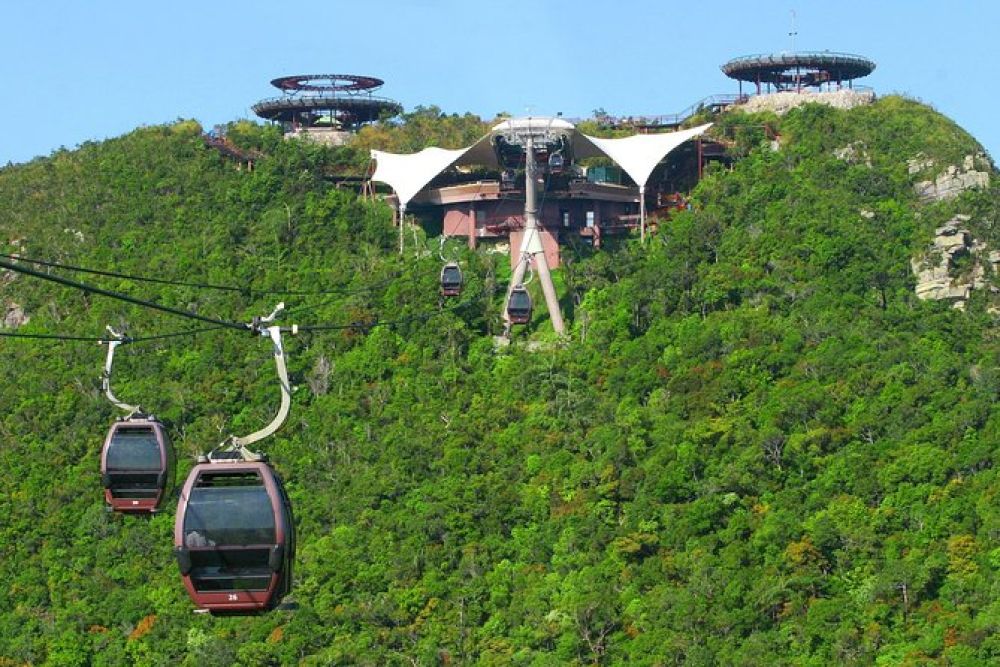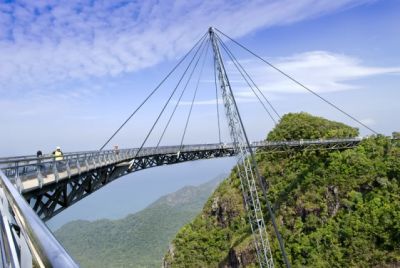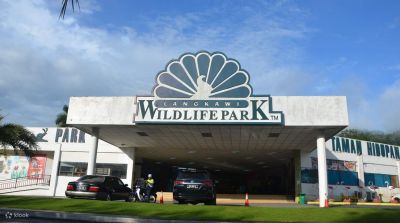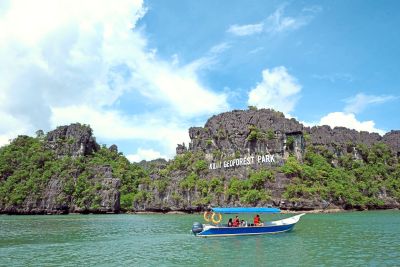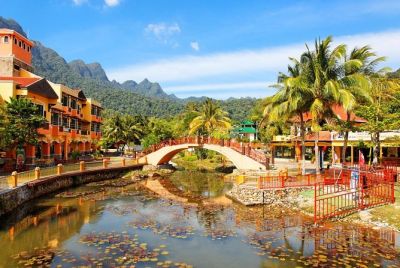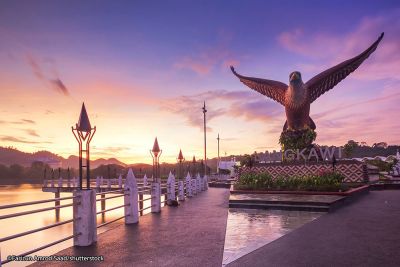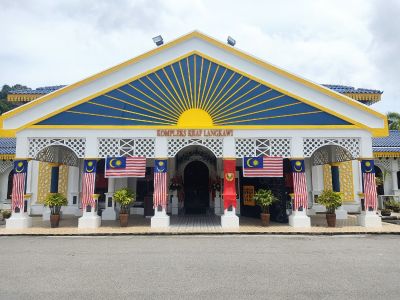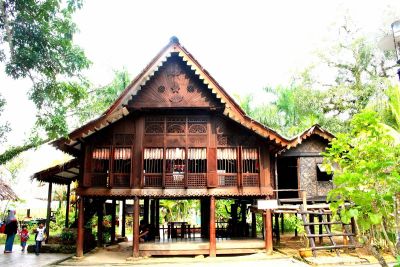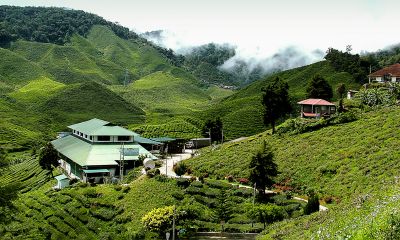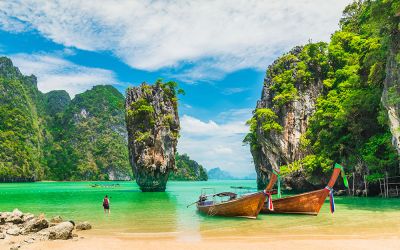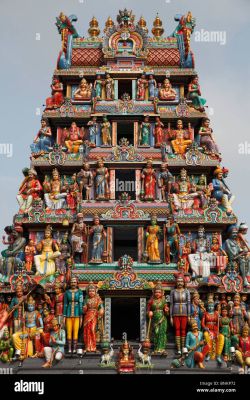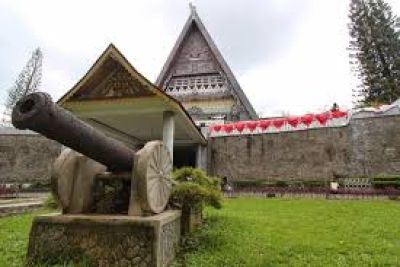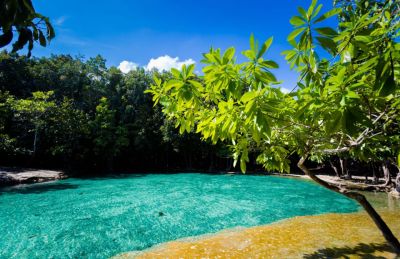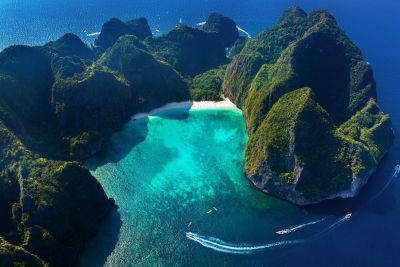Historical Backdrop of Langkawi Tourism
Langkawi, an archipelago of 99 islands located in the Andaman Sea in Malaysia, has long been a hidden gem offering pristine beaches, a lush tropical landscape, and a laid-back rural atmosphere. The inception of Langkawi's modern tourism can be traced back to 1987, when the island was granted tax-free status with the aim of bolstering the local economy through tourism.
The Malaysian government's declaration of Langkawi as a tourism zone in 1990 was a significant milestone. This move sparked numerous developments, including the construction of luxury hotels, tourist facilities, and infrastructure improvements. The Langkawi Development Authority (LADA) played a crucial role in orchestrating these developments while preserving the natural beauty that the islands are renowned for.
The Emergence of the Langkawi Cable Car
Notably, the introduction of the Langkawi Cable Car, or SkyCab, in 2003 marked a transformative development in the island's tourism sector. Offering breathtaking views from the peak of Gunung Mat Cincang, the SkyCab became an instant hit among tourists seeking a unique vantage point over the region's natural splendor.
Experience the Langkawi Cable Car
The Langkawi Cable Car travels over the jungle and steep rock faces to reach one of Langkawi’s highest peaks. It is one of the steepest cable car rides in the world, ascending to an altitude of over 700 meters. Visitors can step onto the SkyBridge, a suspended bridge that offers spectacular vistas and photo opportunities of the surrounding islands and the Andaman Sea.
